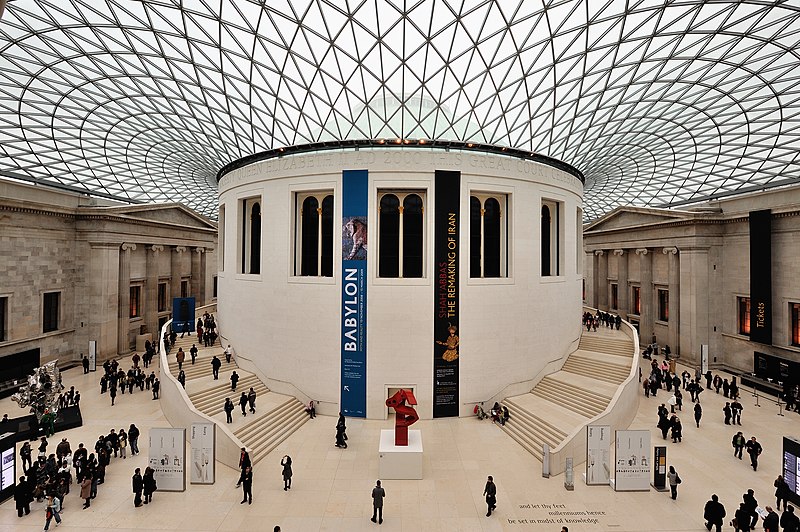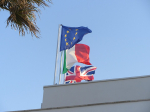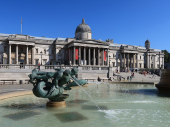
The FBI is investigating the sale of suspected stolen treasures from the British Museum to buyers in the United States. The agency has also assisted in returning 268 items, claimed by the
museum, to a collector in Washington, DC.
Last year, the British Museum disclosed that numerous ancient gems, jewelry, and other artifacts were missing, stolen, or damaged. One buyer in New Orleans reported being contacted by an FBI agent seeking information about two pieces he had purchased on eBay. The agent indicated that the FBI was aiding the Metropolitan Police in investigating the missing items. The buyer no longer possesses the gems and doubts they have been located by authorities.
The British Museum has recovered 626 of the estimated 1,500 stolen or missing items, with 100 more identified but not yet retrieved. Most stolen items were uncatalogued, complicating the proof of their origin. In some instances, collectors are donating items for assessment.
A senior curator, Peter Higgs, is accused of stealing, damaging, melting down, and selling ancient artifacts from the museum. He denies the allegations. The museum estimates Higgs profited £100,000 over at least a decade, selling items primarily via eBay under the username "sultan1966" and alias "Paul Higgins."
The museum's civil case documents indicate Higgs admitted the eBay account belonged to him. Tonio Birbiglia, a buyer from New Orleans, confirmed purchasing two items from "sultan1966." Birbiglia, previously employed at an antiquities gallery, was shocked by the FBI's inquiry. He purchased an amethyst gem depicting Cupid riding a dolphin for £42 in May 2016 and an orange scarab-beetle gem for £170, sending payment to Higgs' personal PayPal account. Neither gem has been examined by the British Museum yet.
Birbiglia expressed frustration with the investigation's lack of follow-up, feeling the FBI did not pursue the matter diligently. The FBI has also investigated 268 items sold in Washington, DC by the same seller.
Dr. Ittai Gradel, a Danish antiquities dealer who alerted the museum to the thefts, tracked items sold globally, including to Hamburg, Cologne, Paris, and Hong Kong. Some items Gradel bought in good faith and resold ended up on display in the Deutsches Edelsteinmuseum in Germany. Among these was a rare 2nd-century obsidian head of the Greek hero Hercules, purchased for £300 in a private deal. This gem, now believed to be from the British Museum's collection, has been returned to the UK.
The investigation continues as the British Museum works to prove ownership and recover the remaining stolen artifacts. Photo by Eric Pouhier, Wikimedia commons.







































